Perfect Info About How To Control Motion Sickness
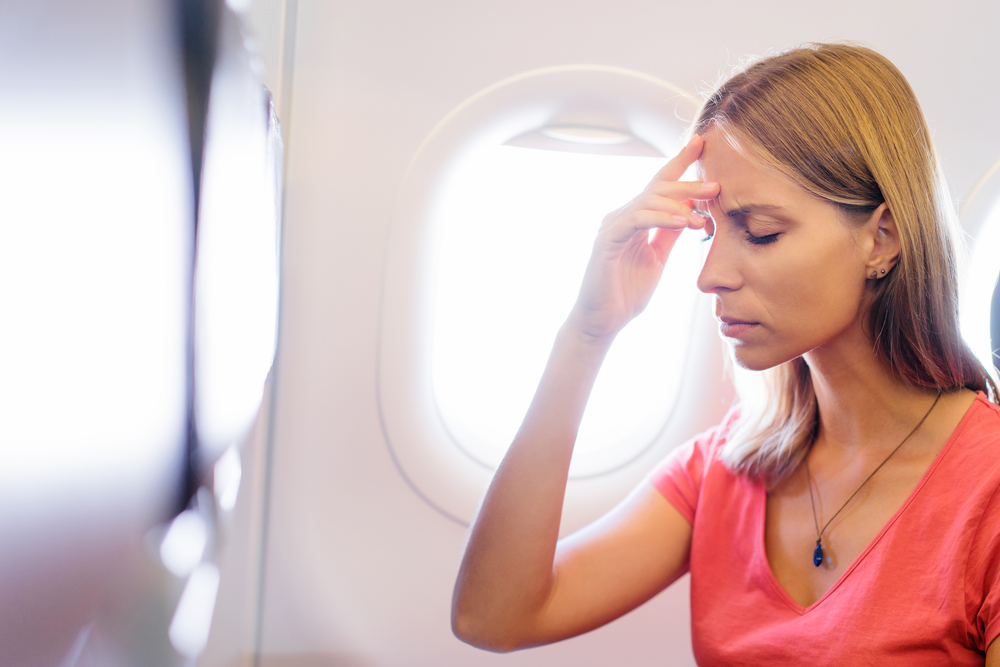
So if you have this common ailment, you’re part of a long tradition.
How to control motion sickness. Engaging in physical activities or conversation can help suppress the symptoms of motion sickness. Drink lots of water instead. Look straight ahead at a fixed point, such as the horizon.
Motion is sensed by the brain through. Lie down if you can, or shut. You have some options to prevent motion sickness or treat symptoms.
Some people are more likely to get motion sick than others. These steps can prevent it or relieve the symptoms: However, keep in mind that most of these medications will make your child sleepy.
Focus on the horizon or on a distant, stationary object. Motion sickness ( kinetosis ) causes symptoms that include dizziness, nausea, and headache. If you're susceptible to motion sickness:
Lay off caffeine, alcohol, and big meals before the trip. Other tips that may help prevent motion sickness include sitting in the front seat of the car, looking at a fixed point in the horizon, and avoiding focusing on phones or other screens,. These senses may connect better if you’re driving the car, reducing your.
Motion sickness can make traveling. You can do a few things to try to help with motion sickness: Motion sickness is thought to be caused by conflicting signals in the inner ear, eyes, and sensory receptors.
Motion sickness is that feeling of. You can get motion sick in a car, or on a train, airplane, boat, or amusement park ride. If you get carsick, airsick, or seasick, you have motion sickness.
If you’re a passenger, consider taking the wheel of the vehicle. How to ease motion sickness yourself. Don't read or use electronic devices while traveling.
Eat light before your travel. Motion sickness is a normal response to movement, it’s not an illness. If you know that you're heading on a car journey, catching the bus, boarding a plane or boat, or riding a fairground ride, be mindful.
How to prevent motion sickness. The centers for disease control and prevention (cdc)state that motion sickness occurs when the movement your eyes see is different from the movement your inner ear senses. This can cause dizziness, nausea, and vomiting.
:upscale()/2023/02/25/818/n/1922729/tmp_FjtWKN_654a20f227b3c99a_PS23_Hub_ConditionCenter_MotionSickness_MainImage_01.jpg)

![[PDF] Motion control, motion sickness, and the postural dynamics of](https://i1.rgstatic.net/publication/260120857_Motion_control_motion_sickness_and_the_postural_dynamics_of_mobile_devices/links/00b4952f9215fcf618000000/largepreview.png)

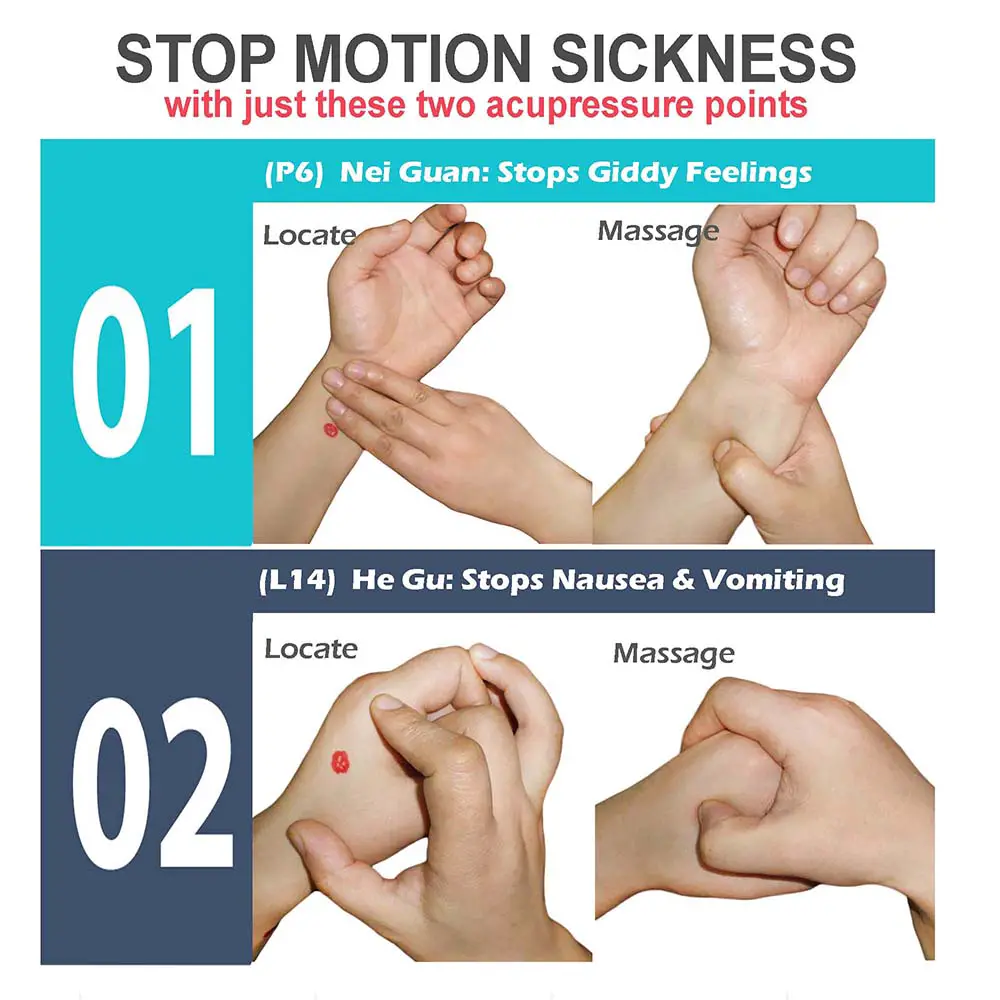
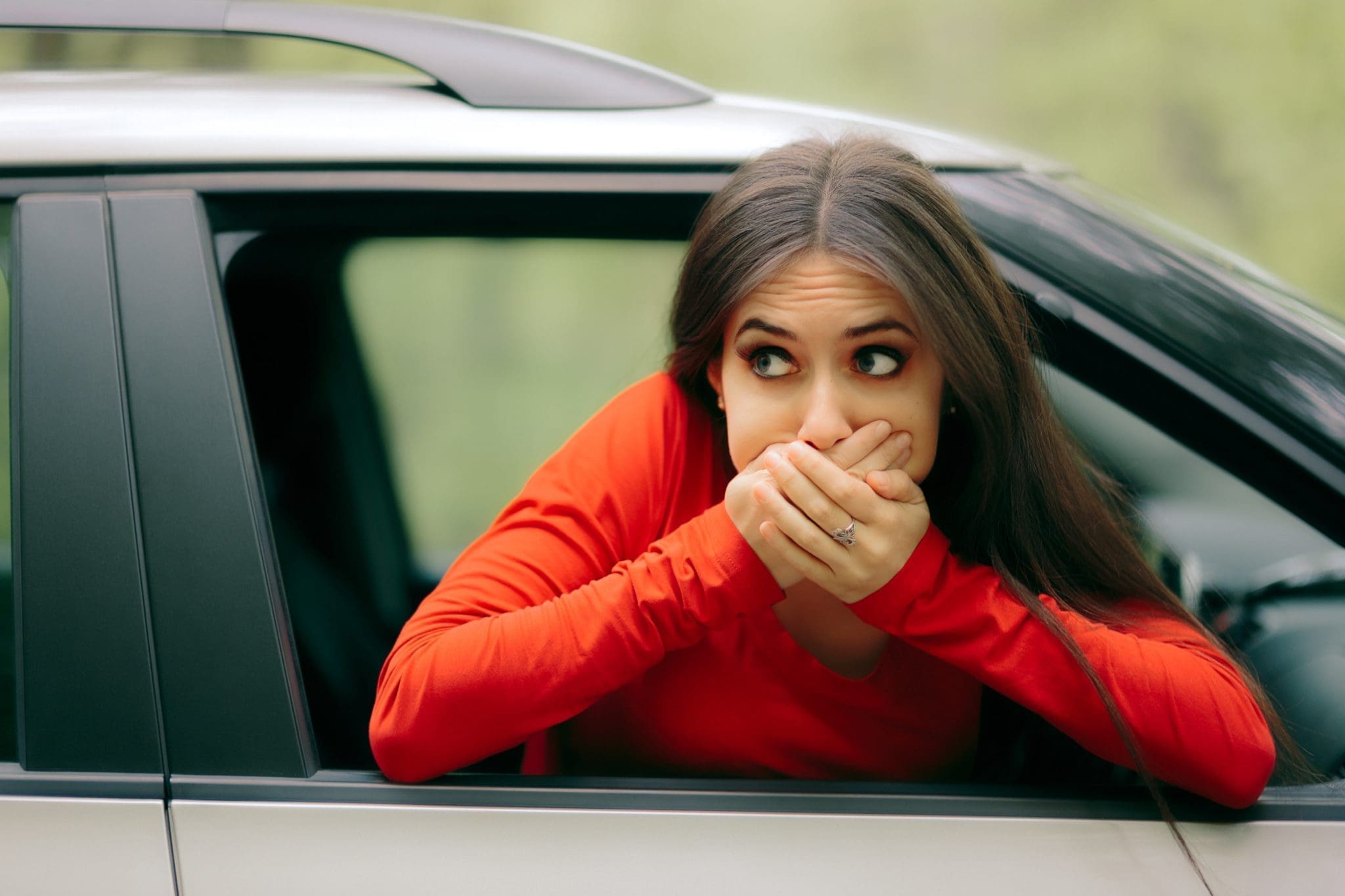

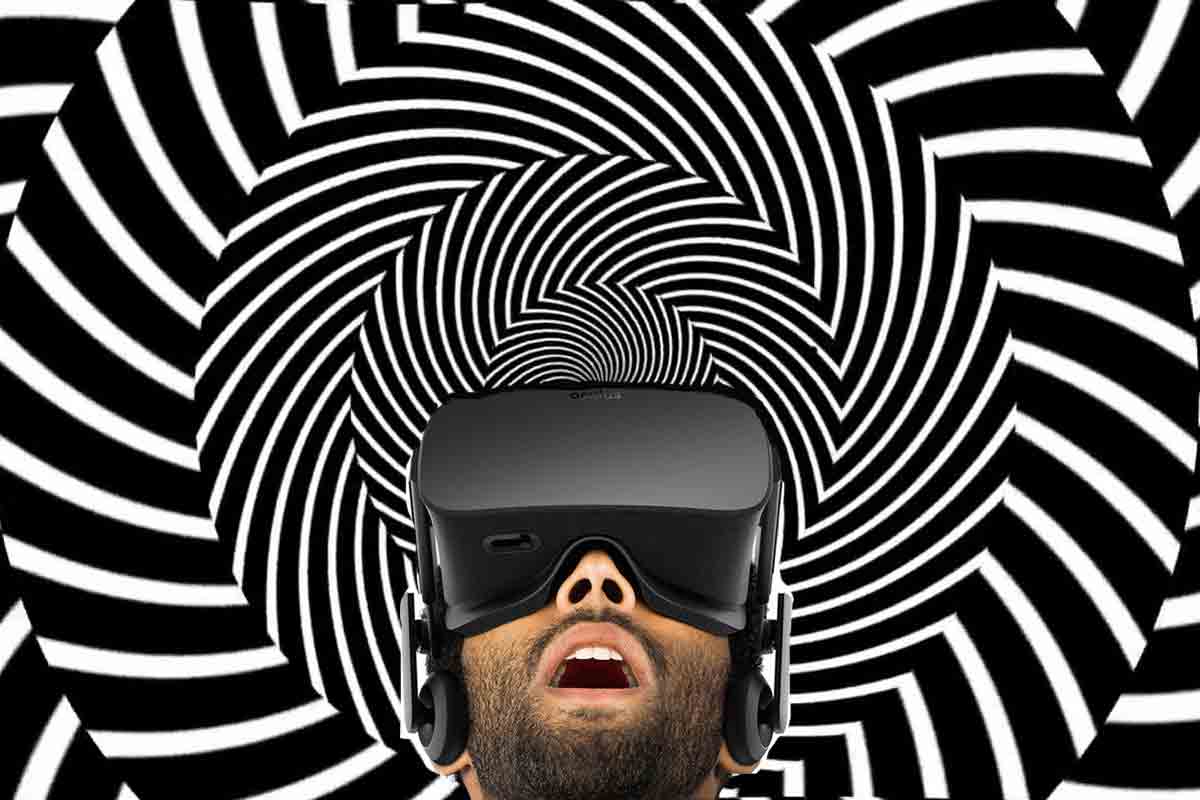
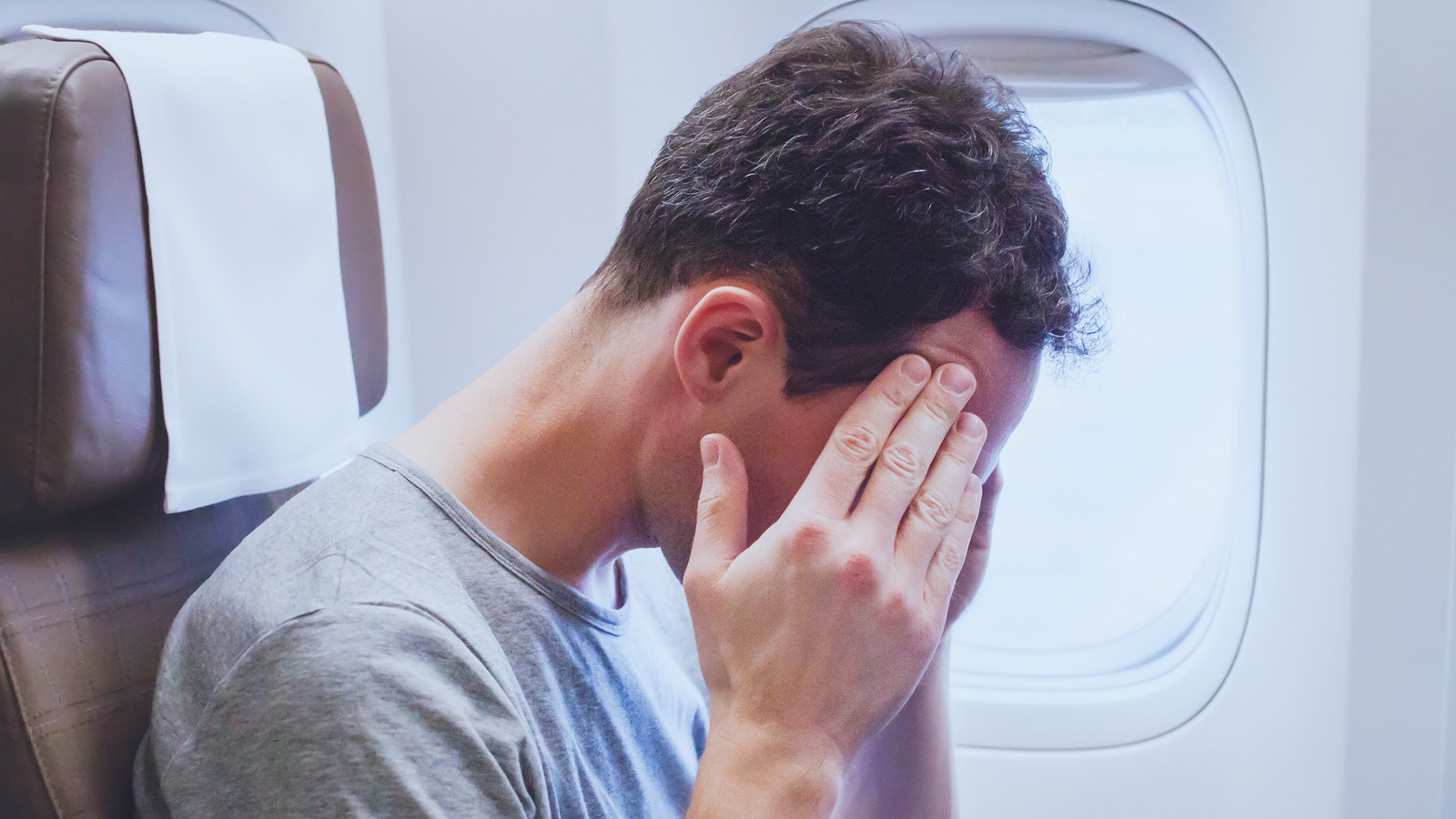
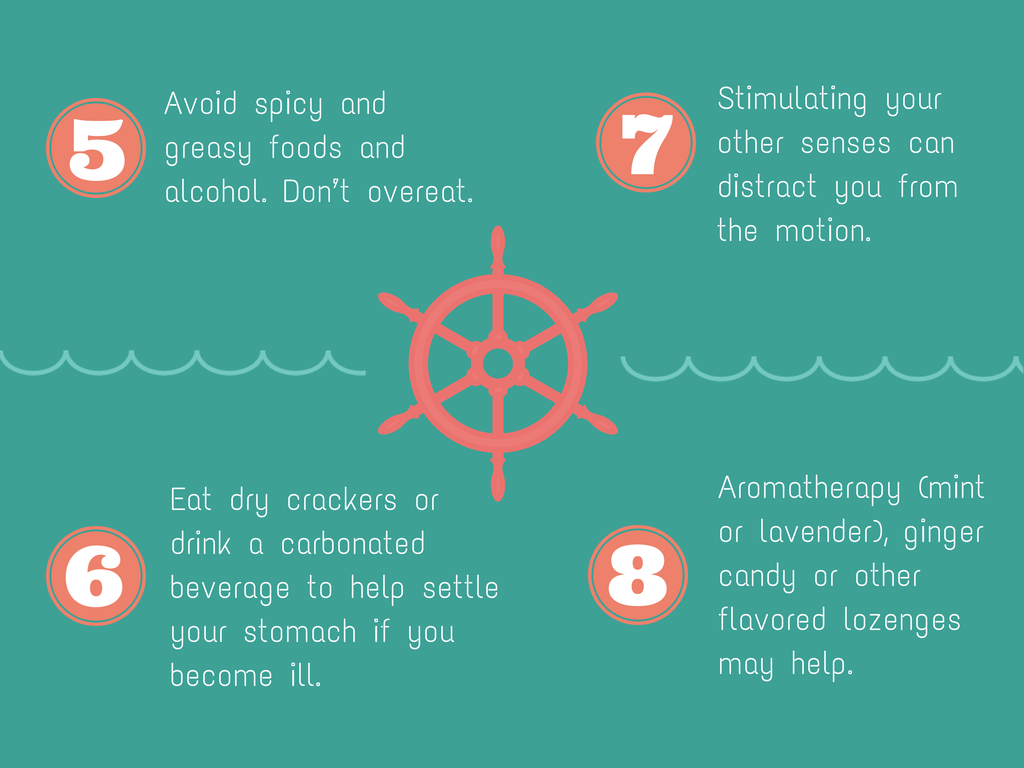


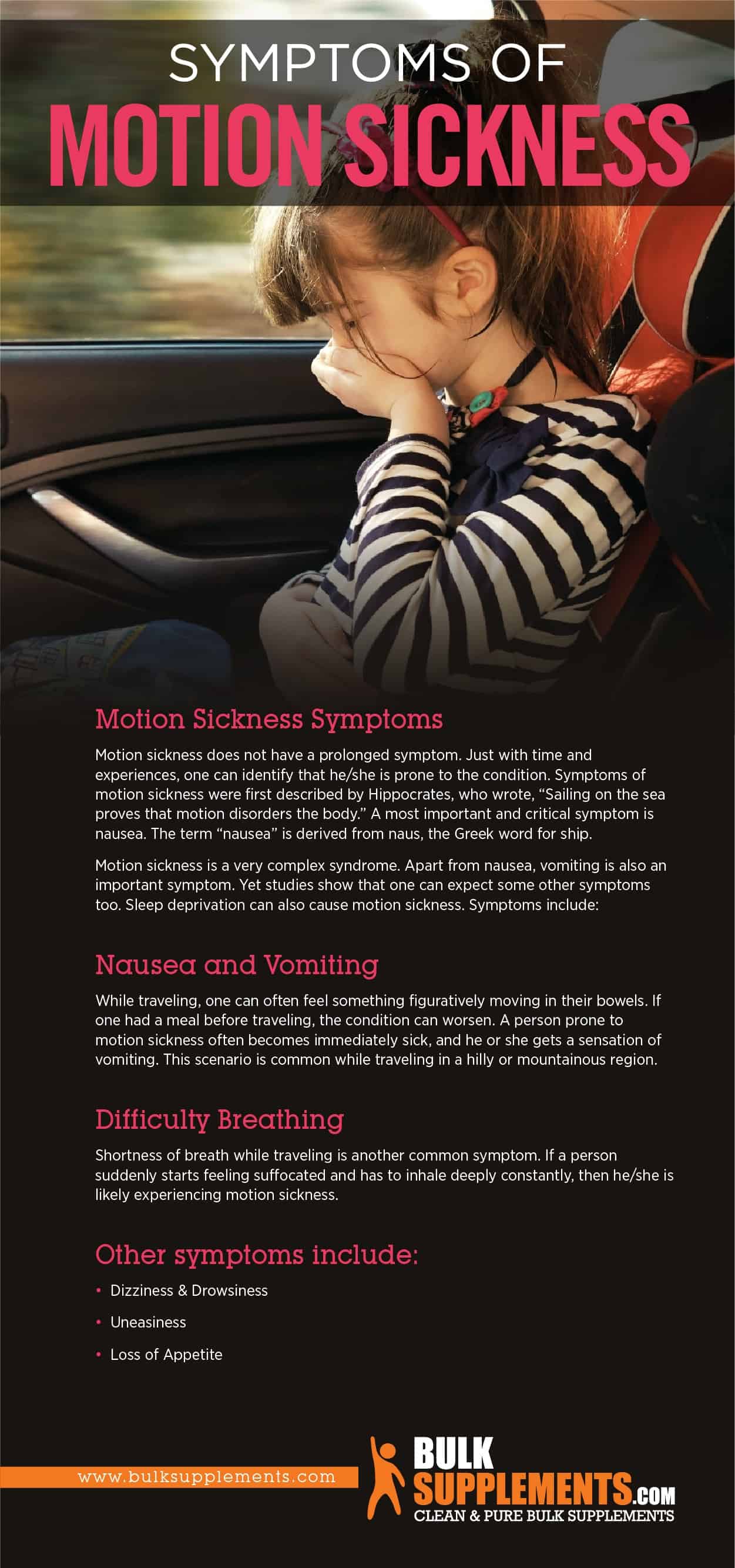
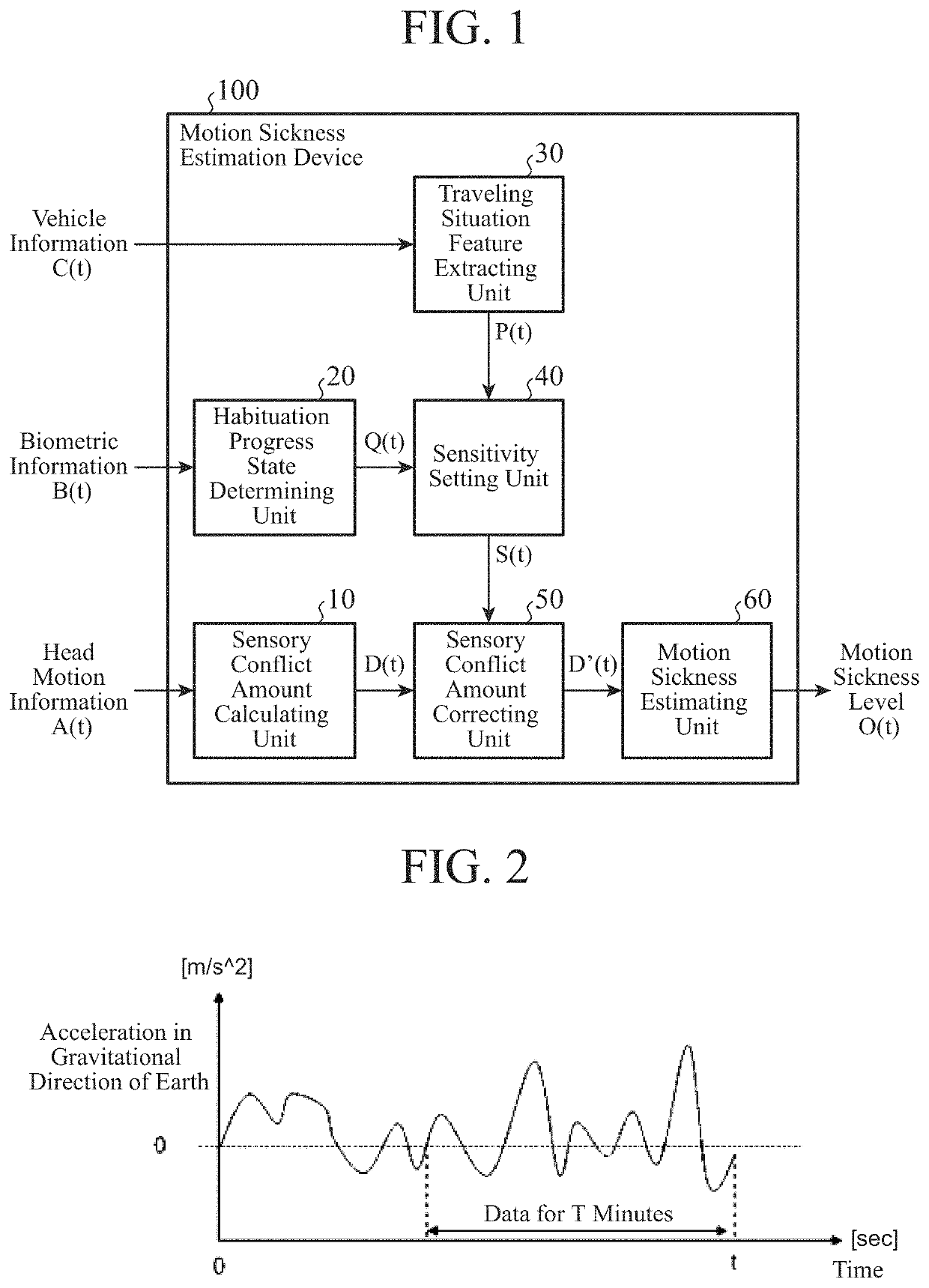

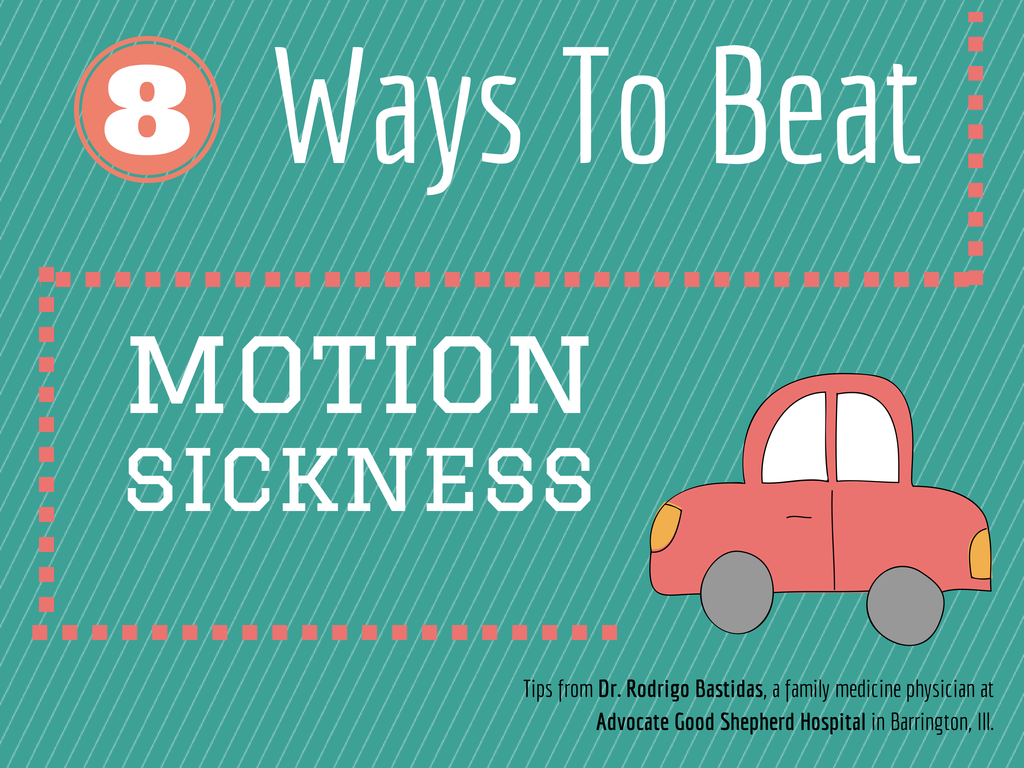
:max_bytes(150000):strip_icc()/Verywell_Seven_Things_You_Dont_Know_About_Motion_Sickness_1192151_V2-f37ff26cb1574663b260175999722e82.png)
